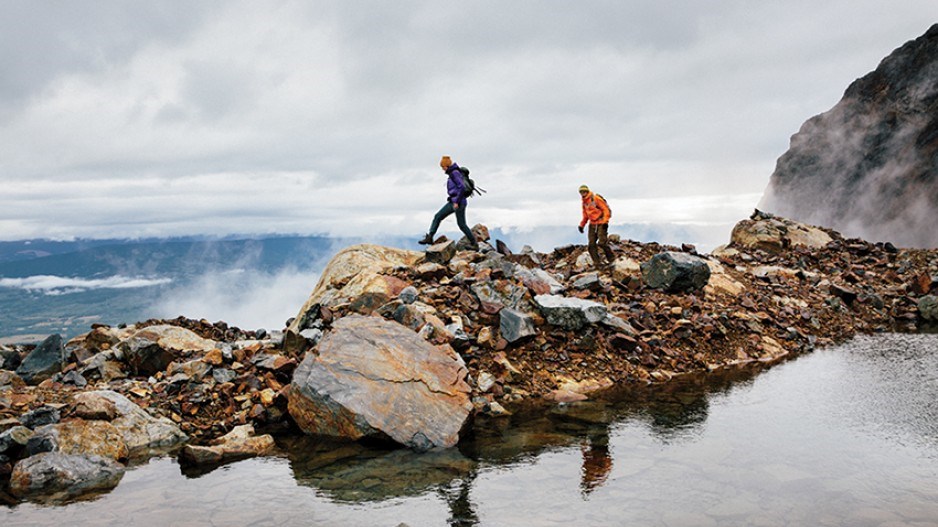By all usual measurements, the Nechako region of northern British Columbia should be on its economic knees right now.
It isn’t.
Nechako makes up 22% of the land mass of B.C. and is the province’s largest region, but accounts for only 1% of the provincial population. Located at the geographical centre of the province, the vast Nechako extends north from the Cariboo to the Yukon border.
It is a region built, town by town, on plans to hit the big home run from the abundant resources in the area.
Five years ago that big hit was expected to come from mining, but that faded with the price of copper, molybdenum and coal.
The Endako mine finished a multimillion-dollar expansion project, then halted all operations. New Gold Inc. (TSX:NGD)set national records for exploration on its Blackwater project, but hit the brakes when gold prices sagged.
A dozen liquefied natural gas plants were hyped, then all went quiet.
And forestry, the region’s backbone, appeared to be shattered after the pine beetle infestation killed about 85% of Nechako’s merchantable pine.
This summer – and even at press time – more than 12,000 acres of Nechako’s forests were ablaze in B.C.’s worst fire season.
Yet, despite the blows to the home-run hitters, hardy players have stayed in the game.
From a standing start five years ago, 10,000 tonnes of hay per year is now being baled and shipped in containers to Asia out of the Port of Prince Rupert.
The main producer is a Chinese national, who bought 10,000 acres of farmland near Vanderhoof in 2012.
“We shipped 10,000 tonnes last year, and our goal is to export 100,000 tonnes,” said Jason Wu, plant manager of the sprawling Tophay Agri-Industries facility.
“China will buy everything we can produce.”
Apollo Forest Products Ltd. in Fort St. James and L&M Lumber in Vanderhoof are still running, combing cutting-edge innovation to get the most of a dwindling timber supply.
Nechako’s history has always been characterized by hardrock land and an equally hardy population. According to the latest census, that population has dipped 0.5% from 2011, but old-timers say a recent attitude shift may reverse that trend.
The culture has shifted, said Dean McKinley, the perhaps hopeful chief administrative officer for the community of Mackenzie – a town feeling healthy these days after epic bust years in the early 2010s.
“People talk about the big economic home runs. [But] we win ball games in modern times by manufacturing every run, one at a time,” McKinley said. “It has a lot to do with a shift in the way people live their lives in this region.”
McKinley, born and raised in Burns Lake, served as an economic development officer with the Northern Development Initiative Trust. He says an older generation that came for the big hits has stayed for the game.
“They fell in love with this amazing lifestyle here and they ended up never leaving,” he said.
Now, McKinley said, many of the children and grandchildren of those pioneers have also decided to stay in Nechako.
“They loved this place from birth. They don’t want to leave the north. Once that mentality set in, it changes the way everyone does business. That sense of lifelong investment in your community, your love of the place and your love for the people who share it with you is a powerful economic force.”




